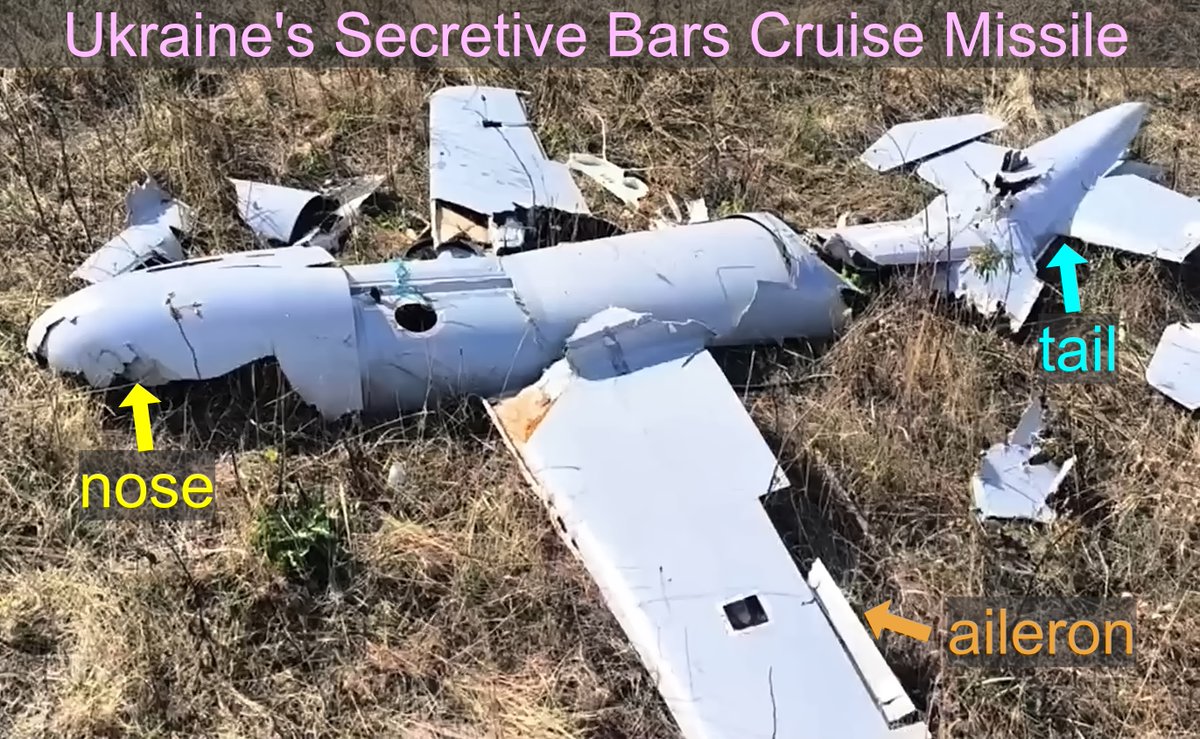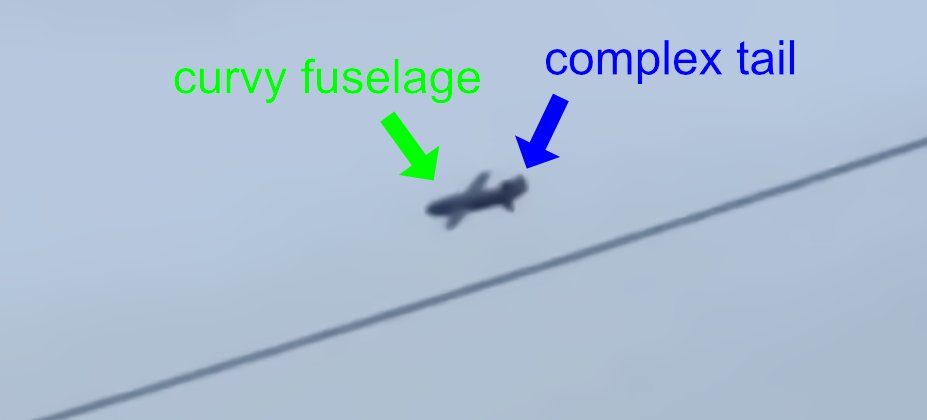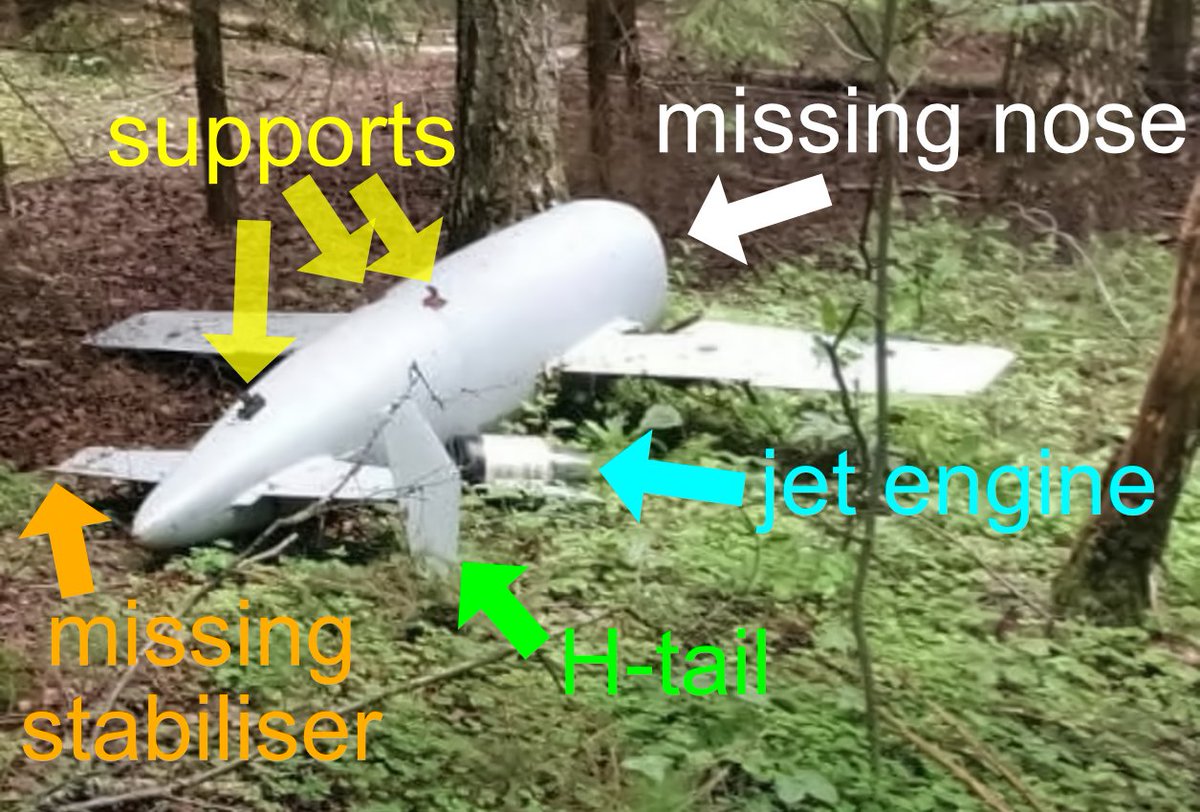1. Magic radios? Russian Telegram channels rave about “magic” Russian-made Hermes anti-interference communication kit for controlling #drones and how it is a completely Russian development. Let’s have a closer look at this marvel of Russian engineering.
t.me/StavBPLA/195
t.me/StavBPLA/195

2. Hermes has a number of parts but it is most useful to start with the receiver. This mounts on a drone and receives the control signals. The Russians removed the labels from the most important piece but they need not have bothered.🙂
t.me/germesfpv/31

t.me/germesfpv/31

3. This piece is a RAK3172(H) wireless (LoRa) module made by RAKwireless. It is sold as an “easy-to-use, small-size, low-power solution for long-range wireless data applications”. Importantly it is available in several frequency bands and sells for $5.99. 

4. The RAK3172 is based on a microcontroller (STM32WLE5CC) made by STMicroelectronics. It has a built-in radio with a frequency range of 150 MHz to 960 MHz. Developing firmware is straightforward using the freely available STM32CubeIDE software. 

5. There is a transmitter that plugs into the back of a standard radio control. The case is standard 3D printed. There are a few ways of making this but it very likely contains an STM32 microcontroller. The very bright LED will be helpful to Ukrainian snipers. 

6. They made a big deal of the “magic antennas with filter” for the receiver. It is a half-wave dipole antenna. The dimensions of the RAK3172 are known & enable an estimate of the antenna length of 160 mm, corresponding to a frequency of about 930 MHz. 

7. The balun improves the overall performance of the antenna and costs about $0.50 (look carefully, there is a dark spot visible). The filter is probably a surface acoustic wave (SAW) type and costs about $0.40. Russians claim good performance against EW.
8. Also displayed is a pick-and-place machine: a Chinese-made Neoden 10 that lists for $30k. This is a large investment and is likely a business venture. They claimed to be making hundreds of boards per month. 

9. The Hermes group charges for these devices. It’s not clear who pays but it looks like a very good profit margin. 

10. These boards are very simple. The components are all off-the-shelf, low-cost & widely available. To me, the traces look like an autorouter was used with default settings. They are using their own firmware but that is straightforward. 

11. What is interesting is that these boards exist at all. The filter & less common frequency bands suggest that electronic warfare is becoming a problem. All cheap anti-drone guns target the frequency bands common on hobby-grade components. 

12. There is nothing special about the Hermes boards. They are a response to a proliferation of low-cost EW. However, anti-drone guns are steadily becoming more capable as this war progresses. There are also more sophisticated EW systems being deployed.
13. Watch for more developments in electronic warfare. If you enjoyed this thread, please consider reposting as quote: your comments are appreciated.
14. (ps) Just to be clear, most of the low-cost FPV drones flying in Ukraine use ExpressLRS which is based on LoRa. The LoRa modules shown here are unexceptional except for their frequency band & custom firmware.
15. (ps) One should also pay attention to Hermes’ business model. Most FPV drones use the open-source ExpressLRS protocol to communicate using LoRa radios. Hermes effectively replaces the open ExpressLRS protocol with their proprietary protocol.
• • •
Missing some Tweet in this thread? You can try to
force a refresh






















